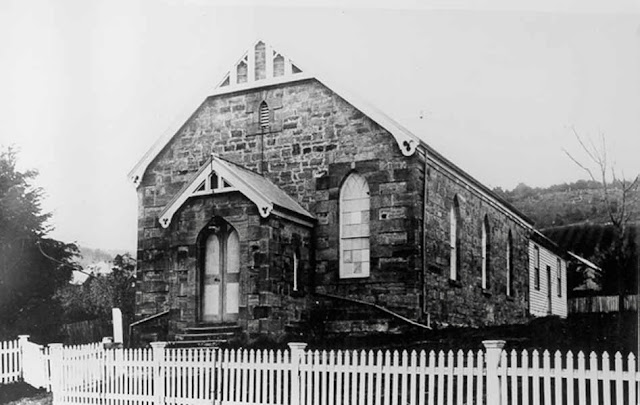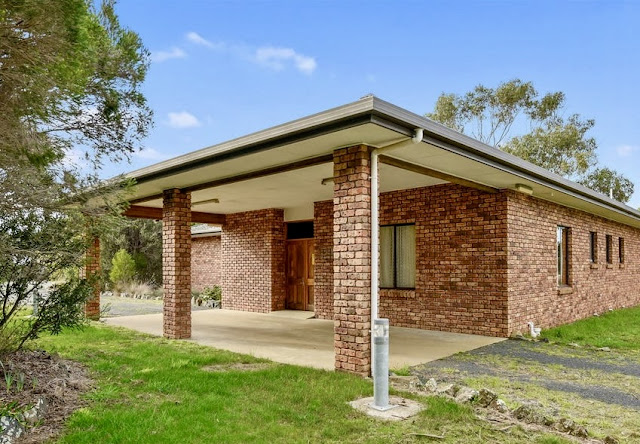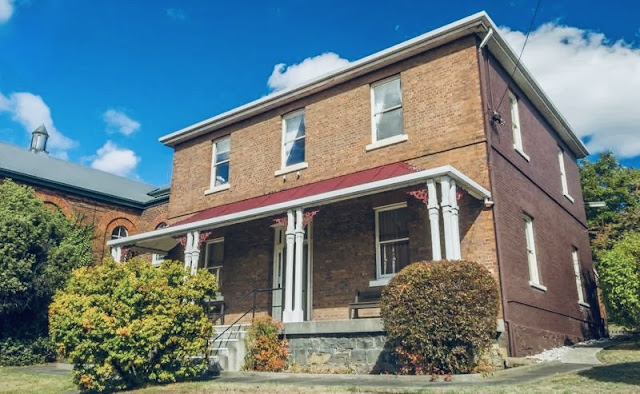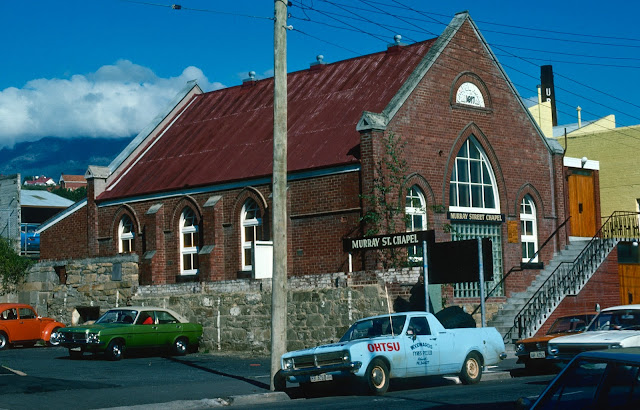No. 1452 - Queenstown South - "The Tin Church" (1900-1960)
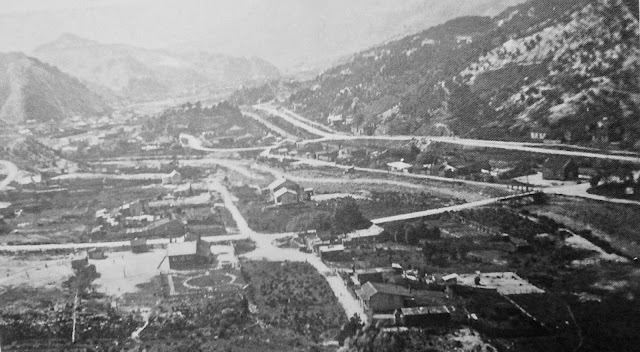
Queenstown is the main town in West Coast region and is named in honour of Queen Victoria. At one time it was Tasmania's third largest town. Like all towns on the west coast it has a long history of mining. Queenstown South is a southern suburb of the town that spread along the road leading to Lynchford and straddled the Queen River. The Methodist Church at Queenstown South was officially opened on Sunday 1 July 1900. It was a corrugated iron building that was used for about 60 years as a Sunday school and for church services. In 1960 it was decided to transport children and the congregation to Queenstown Methodist Church rather than meet separately. The building was sold and a store was built on the site. A brief report concerning the opening of the church appears in the 'Mount Lyell Standard': "Yesterday afternoon the church which has been erected by the Wesleyan denomination in South Queenstown, opposite the Railway Hotel, was opened by a service which was conducted
